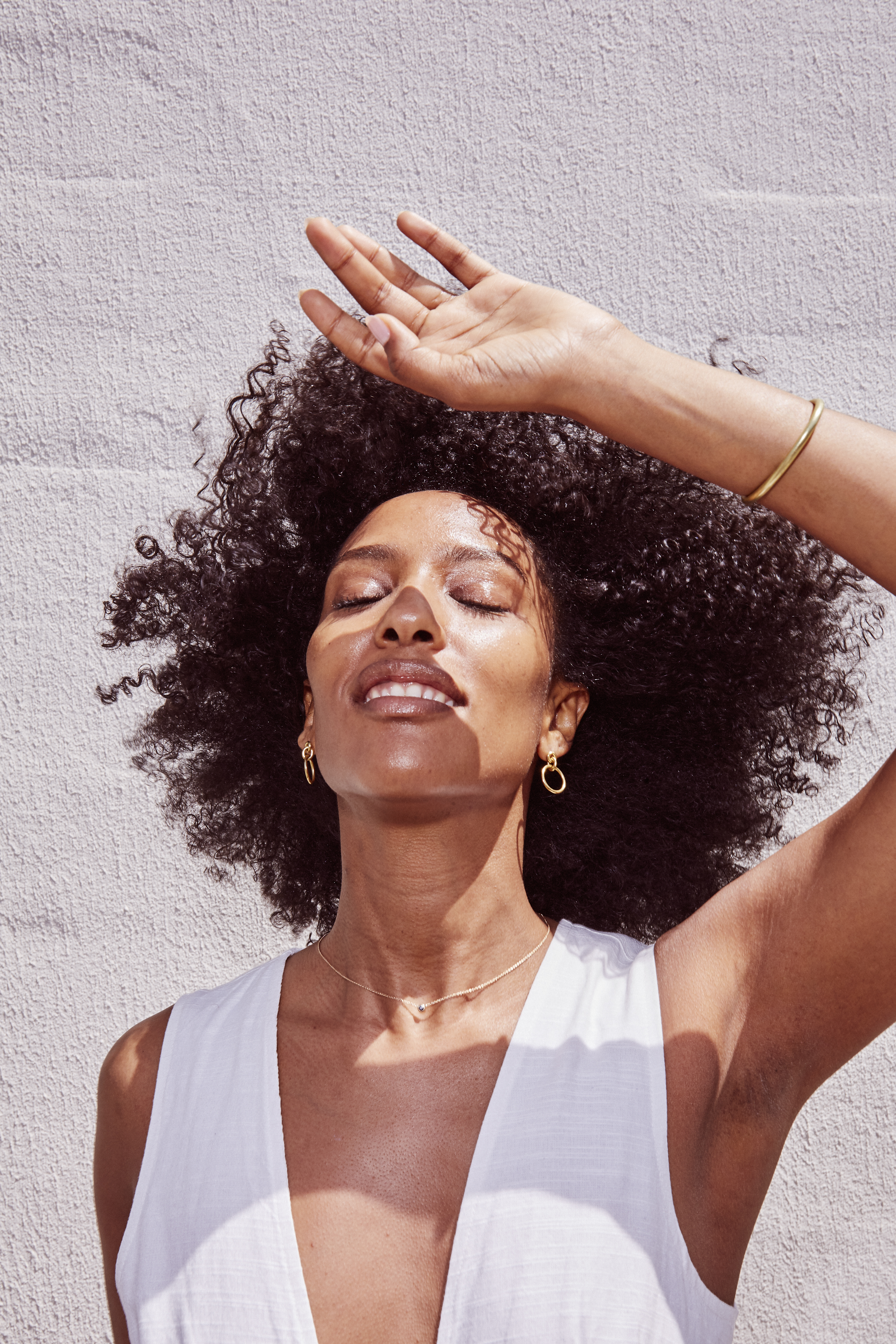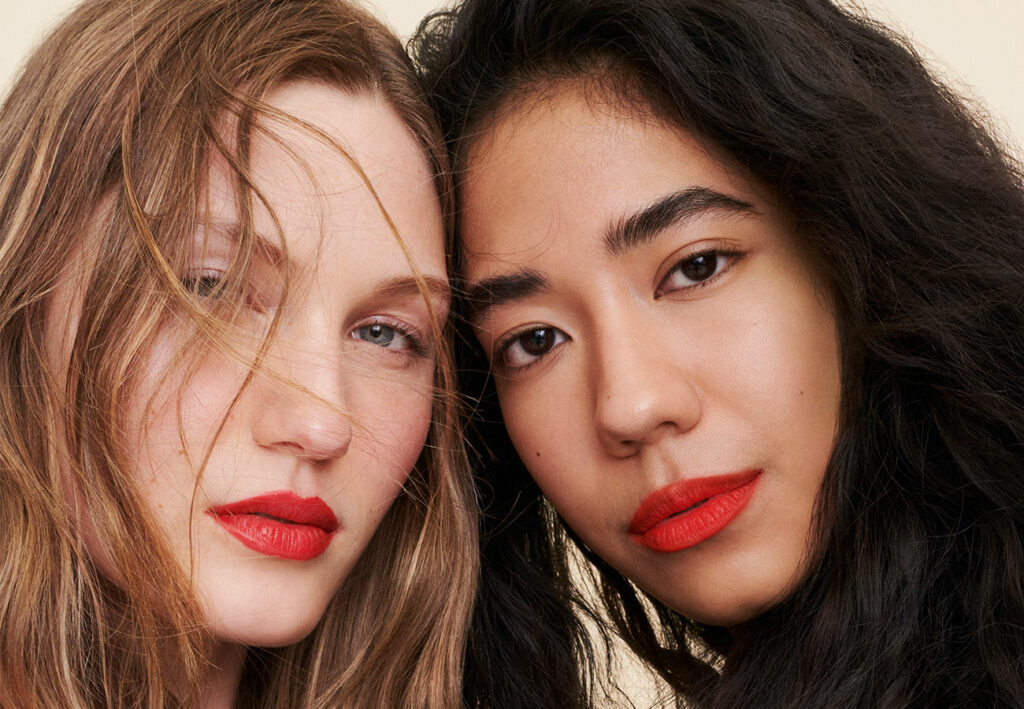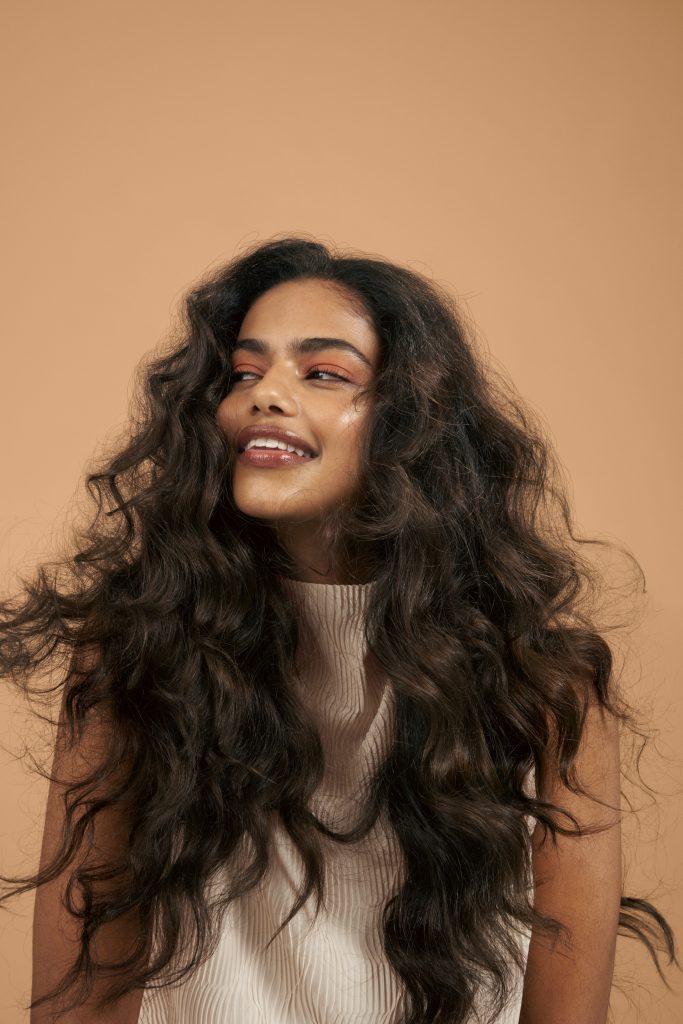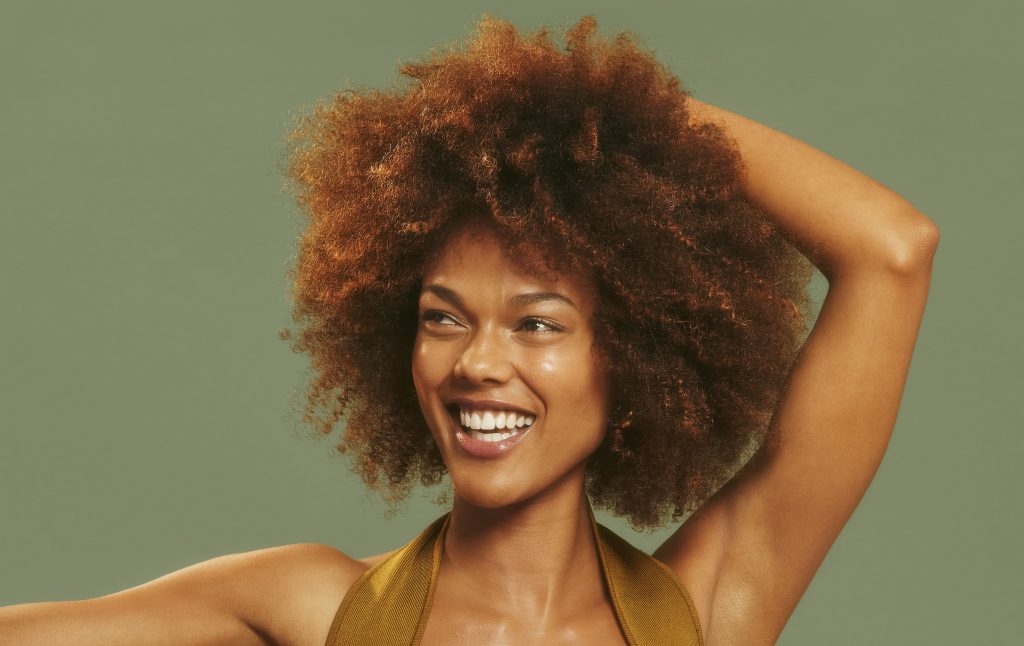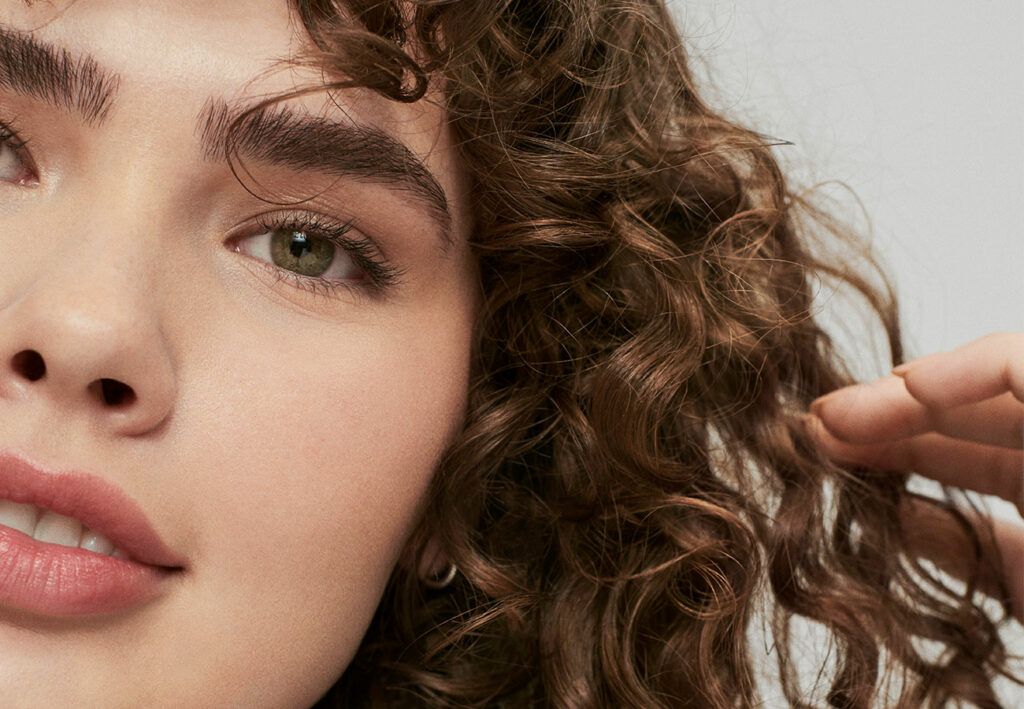The combinations are (somewhat) endless. Fun fact: the average person has approximately 2,200 strands of hair per square inch on their head. The quantity of hairs on one’s head varies from person to person. The ordinary individual, on the other hand, has around 100,000 hairs on their head at any given moment.
How to test strands
To check the density of your hair, start by measuring the circumference of your ponytail. If you have low density hair, the circumference will be less than two inches. Medium density hair is two to three inches, and high density hair is four or more inches in circumference.
For shorter hair that does not go into a ponytail, just look in the mirror with your hair down. If you can see your scalp without touching your hair, you likely have low density hair. If it’s difficult to see your scalp, then you have higher density hair.
To measure for hair thickness, pluck a strand of hair from your head, ideally from a spot that is pretty full, so avoid any face framing pieces, and compare the strand to a sewing thread. If your hair is as wide, or just slightly under width, as a sewing thread, then you have thick hair.
If your hair is much slimmer than the thread, your hair is on the thin side. Another way to test hair thickness, without pulling out any of your strands, is to take a single hair in between your fingers. If you can feel the hair, you have thicker hair and if you feel nothing, you have thin hair.
How to choose a hairstyle
In the market for a new hairstyle? Having a detailed consultation with your stylist about your hair density and thickness could prove to be just as beneficial as identifying your face shape. If you’re having any difficulty determining your hair density or thickness, your stylist can help you figure it out and then help to identify the best style for you.
You can also find ways to “fake” fullness in your hair and add body to thin hair. Certain styles can provide the appearance of thick, full hair by enhancing texture and body. Also, remember that choosing the appropriate styling items is essential for long-term success.
Once you complete your Prose hair consultation, we can determine the perfect shampoo and conditioner to support your hair, wherever you are in your journey. Trying out our shampoo and conditioner is a great place to begin.
Let us know details about your hair’s density or thickness, and we will formulate customized products, just for you.
High density vs. low density style
If you’re looking for ways to style your hair, however dense, you’ve come to the right place. Here’s a few options on styles, whether you have high density or low density hair.
Give dense hair an illusion of lightness with graduating layers (think: longer layers in the front and shorter layers in the back). This kind of cut will keep your hair from looking too boxy. If you like the bob look, try a “lob”, which is a slightly longer bob, and ask your stylist to incorporate layers throughout.
Part your hair down the side to keep it chic. This will help create effortless movement through your hair by adding lift at the roots. Layers help to separate the hair, rather than it all sticking to one shape.
If you have low density hair, you can create the illusion of fullness with a blunt cut. Skip the feathery layers that can make certain hair types appear flat or limp. Rather than making your ends seem more separate, keeping it uniform will add to the look of fullness. Ends cut straight add instant volume and weight to your style. If you really want some layers, ask your stylist for a few lighter, wispy layers around the crown for lift and movement.
Thin hair vs. thick hair style
Bring body to thin hair by going for a blunt chop, as this kind of cut can give the appearance of thicker hair. Fine hair can also benefit from a boost via an angled bob or lob, but be sure to request blunt ends, that is where the fullness will come from. These stronger ends can give the illusion of thicker hair, when in reality the hair may be much more thin.
Adding in light layers to your cut can add movement, but you also don’t want to remove too many strands, so finding a balance between the two is key. Using a texturizing spray is another great way to add a noticeable body to hair that appears more thin. This can also be done with dry shampoo, as it can add texture and volume.
If you’re looking to add more volume to your hair, let us know in your free online consultation. We will select ingredients that can help naturally improve your hair’s volume. Check out our custom root source™ supplements which include natural ingredients to promote hair growth*.
If you feel that your hair is thinning significantly, there are a few ways to help treat this problem at home. One of the easiest ways to target thinness in hair is a scalp massage. Our pre-shampoo scalp mask is perfect for soothing repair or a mild detox. This intense pre-wash treatment can help to bring more balance to your scalp.
Your custom product could feature natural ingredients such as eucalyptus oil, bamboo charcoal, jojoba beads, or wintergreen extract. These are just a few ingredients we offer that can help support a healthier scalp.If you’re concerned about your thick hair feeling a bit heavy, you can opt to remove that excess weight. Different from those with fine hair, people with thick hair should avoid blunt ends as it can lead to the dreaded pyramid shape.
If you’re going for a flattering lob cut, request that your stylist thins out your ends. If you are trying out bangs, ask to make them piecey to encourage lightness. This will create an airy look, rather than your hair feeling or looking heavy.
Why choose Prose
Whether you’re looking to add texture to your thin hair or control more dense strands, Prose has products that are made and crafted custom for your hair. You don’t have to worry about finding perfect products, just tell us more about your hair, and we will meet you there.
Our ingredients are natural, sustainable, and ethical. We believe in clean and responsible beauty, and we stand by finding the safest ingredients for your hair. No matter your hair thickness, thinness, density or volume, our products can be made custom with you in mind.
Start your consultation today, and see how our personalized hair care products work for you.

*These statements have not been evaluated by the Food and Drug Administration. This product is not intended to diagnose, treat, cure or prevent any disease.

